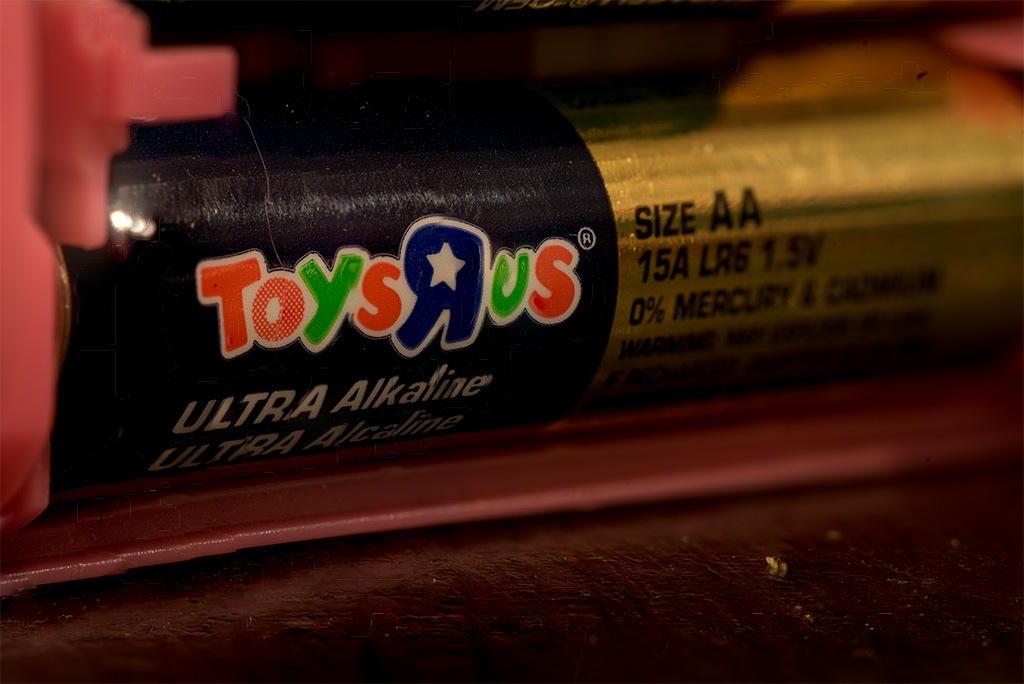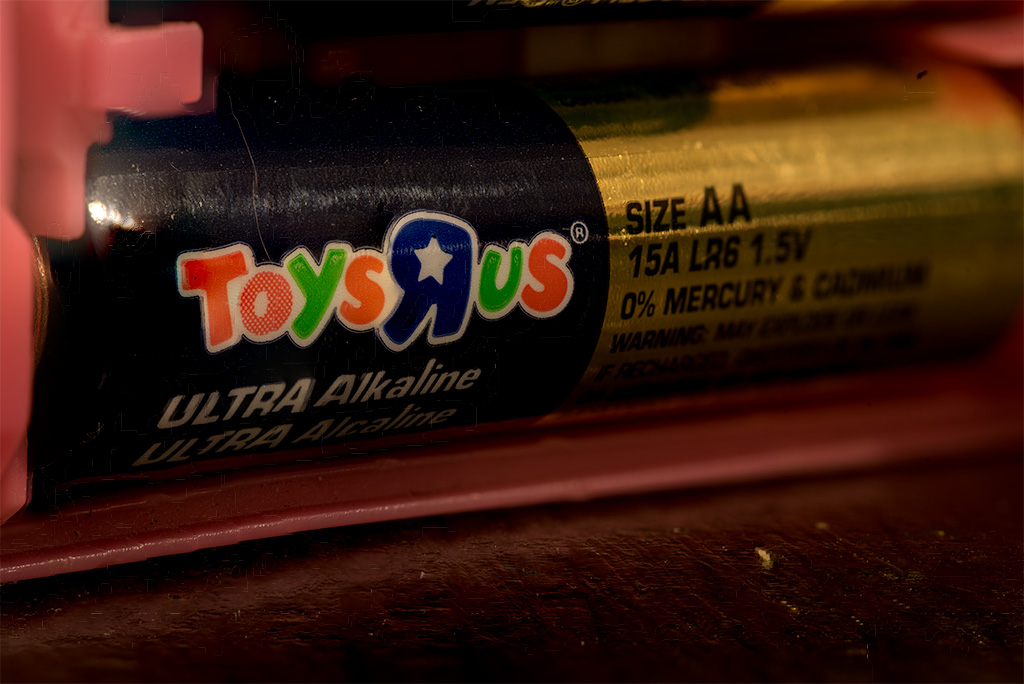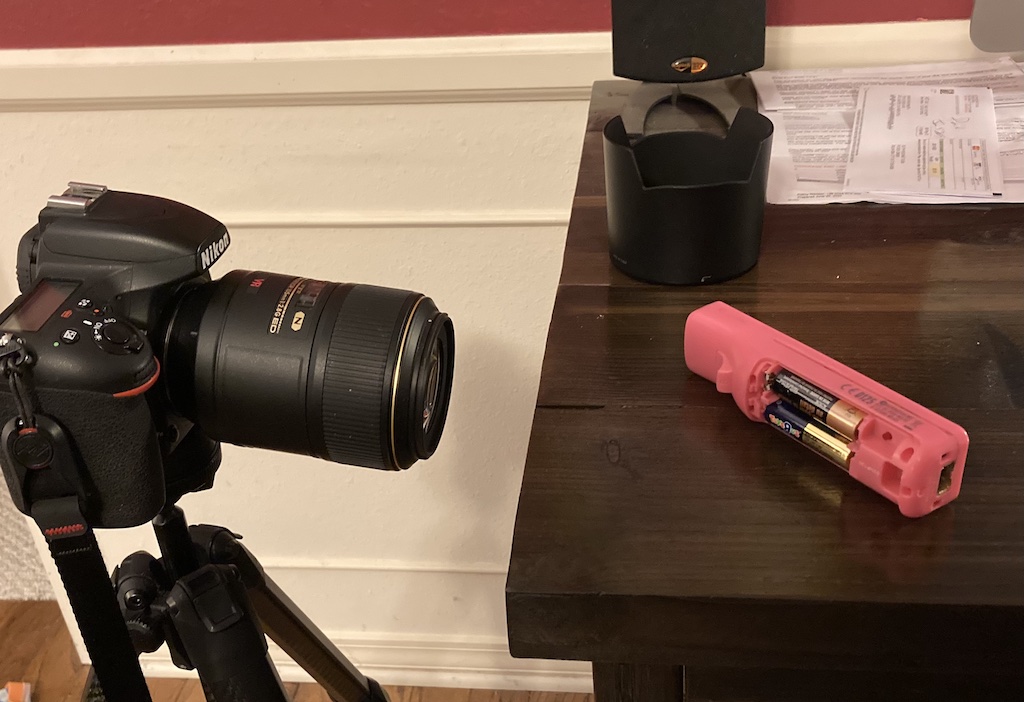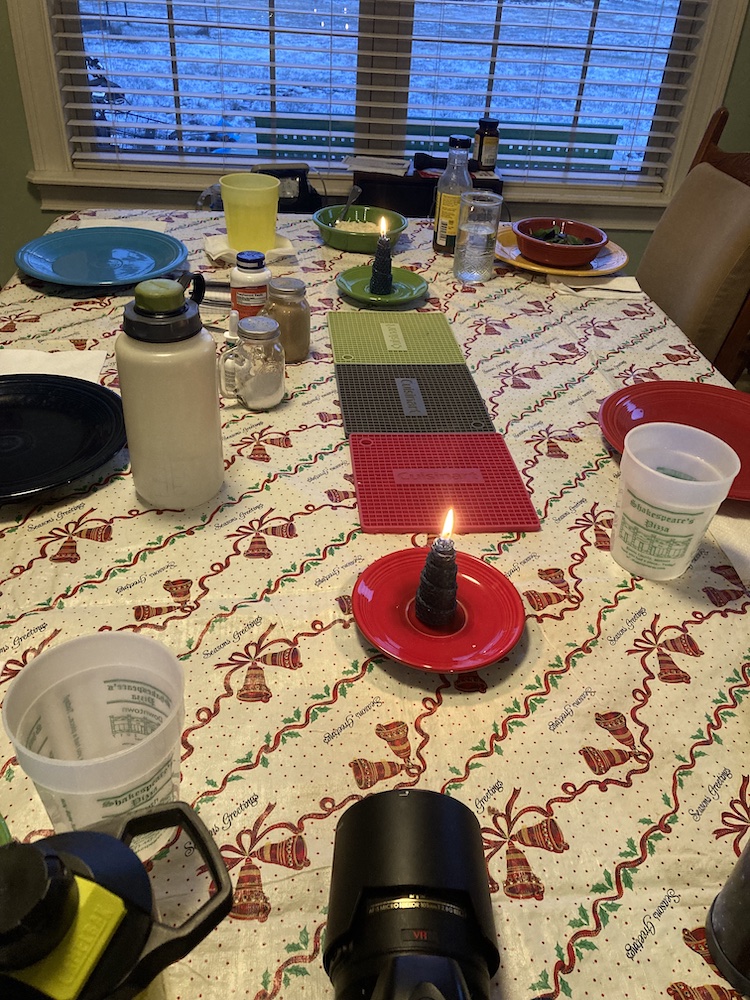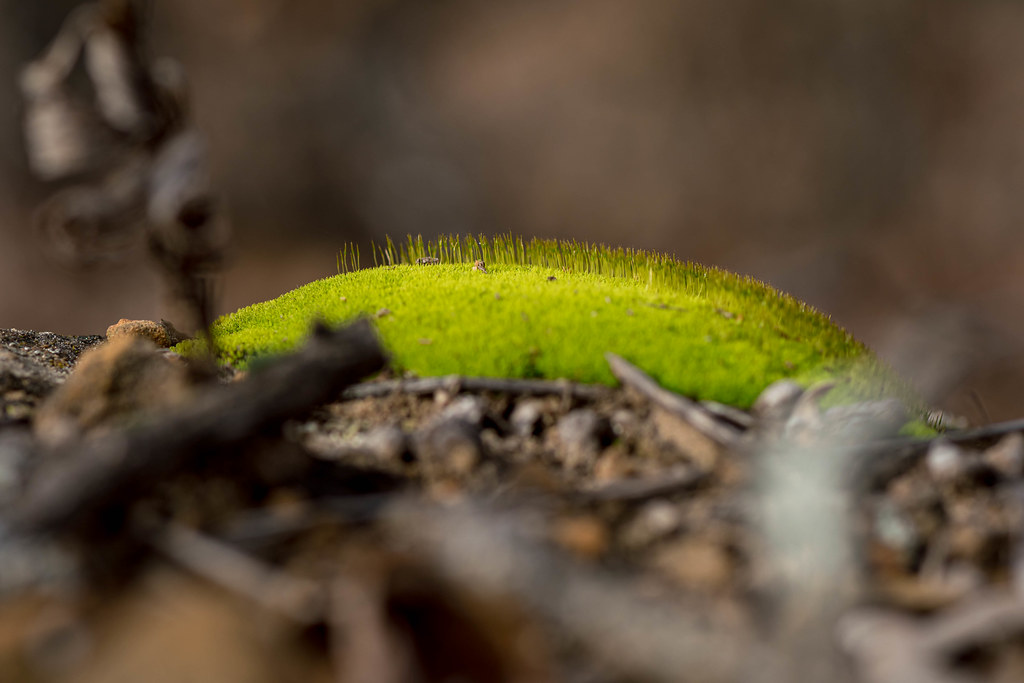
Fro about the past three years my wife and I have enjoyed going on hikes with our kids at Lake Carl Blackwell just west of town. At some point in the early months of the Covid-19 pandemic we discovered the many equestrian trails that snake around the countryside close to the shore out there, and have made hiking them a weekend afternoon staple ever since. We like to head out there in the winter months since it’s much nicer to layer up and then unzip jackets as the day warms up than it is to drench our clothes in sweat in the 100-degree summer afternoons, but one tradeoff of hiking in January is that photo opportunities are a bit more tricky to discover. Not that they don’t exist, mind you, but it’s not as easy to make interesting images when the scenery all around you is mostly browns and grays. It just means you have to look a bit harder sometimes :)
This little moss tuffet was just to the side of the path about an hour into our hike, and initially I just sort of noted it in my mind and walked on by. After quick consideration I grabbed my camera, hollered to my wife and our kids that I would catch up with them in a minute, and knelt down to see if this bit of greenery would make an interesting photo subject. What caught my eye wasn’t the color but the lighting: the angle of the sun lent an almost otherworldly glow to the green velvet texture, and I thought it might be cool to catch it in a picture. I only spent about 15 seconds composing, and taking, this shot so the results aren’t as perfect as I would have preferred, but I’m pretty pleased with it nonetheless. Unlike most of my macro photos I used my Nikon D500 here, since the APS-C sensor essentially multiplies the focal length of any attached lens by 1.5. (I know it doesn’t literally do that…) That’s a good thing for wildlife pictures which is why I had it on the hike, but in general I just like the look of my full-frame D750 when shooting macro. I used Live View which is a bit snappier on my D500 compared to my D750, and took a couple initial images at f/4 thinking that it would give me a good balance between sharp subject and blurry background. Then just for good measure I dialed in an f/8 aperture and took one or two more photos, and tossed my camera back in my bag and ran to catch up with my family.
Turns out the last picture I shot, out of roughly one dozen, was the only one that worked. All the rest were focused either a bit too close or a bit too far, and this one struck an ideal balance that I don’t think I could have done better if I had tried. I was really happy with how the shot came out, especially with the top of the tuft kind of glowing green, and I also liked that I didn’t have to spend too much time on it either. And if you squint really closely, this image kind of looks like the top of a green gnome’s head, sticking out of the ground as if to get the lay of the land before going back into hiding for a little while.


